My Abramowitz family has been a brick wall for the longest time. I knew that the parents of my grandmother, Gussie Abramowitz, were Hirsch Leib HaLevy Abramowitz and Etel (Yetta) Smarkovitch. However, I was not 100% sure where they came from or who their parents were.
Based on passports I found on YadVaShem.org in their Digital Datasbases section for a Hirsch Abramowitz, and for one of my grandmother’s brothers, Salman Abramowitz, I guessed that they were from Mitau (Jelgava), Latvia. In Hirsch’s passport, it said that his father’s name was Itsak.
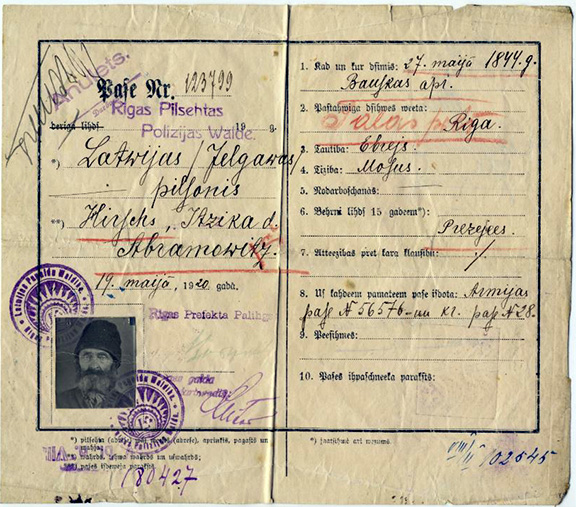
However, there were several Hirsch’s of the same age living in the same area. How could I be sure this was “my” Hirsch’s passport?
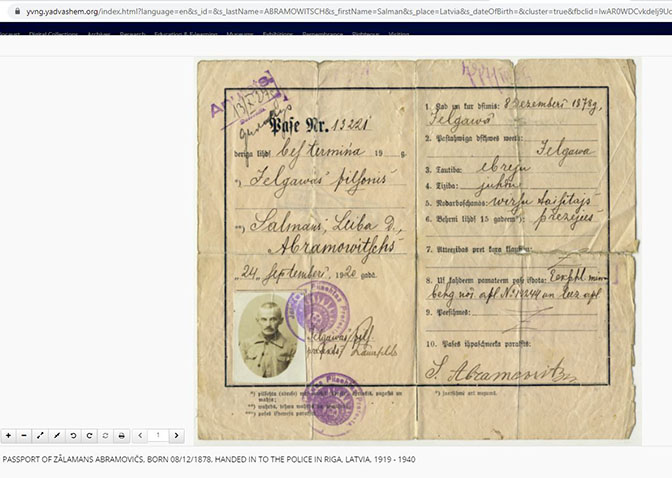
In other records I found on JewishGen.org, I found an Itsak who was born in Basuaka, was a butcher. and had a son named Hirsch. I knew that Hirsch was a butcher, so I thought that was a good sign that the occupation ran in the family. This gave me hope that I found the correct record.
In researching the Smarkovitch family, I found a cluster of them living in Mitau. There were not many other Smarkovitchs’ in any other parts of Latvia so I assumed that Etel could have originally been from Mitau and that I found her family. Based on the ages of the Smarkovitch children, I found a good possibility for a brother for Etel. The brother was listed as the son of Isak.
The list on the right shows grandchildren born to Itsak Smarkovitch’s son, Hillel. Based on the birth dates, I guessed that Hillel was a brother to my great-grandmother, Etel. (1)
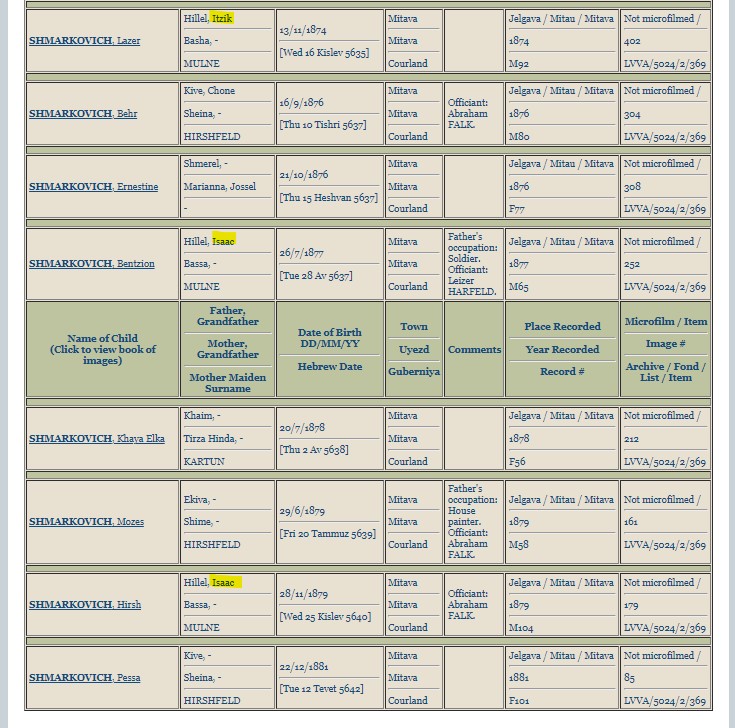
Now I had a few clues which, put together, made me feel that Gussie had 2 grandfathers named Isak. But how could I prove it?
A few years ago, when cleaning out an old box of mementos, I came upon a very old, fragile prayerbook. I thought it must have belonged to my great-uncle, Max Abramowitz, because I remembered him sitting in his room and praying constantly. I gently looked through the crumbling pages and then put the book on a shelf. Last week, I said to myself that I really should look through the prayerbook again to see if there were any notes written in it that I may have missed. I went downstairs and carefully looked though the delicate pages. Nothing was handwritten in it.
But, I noticed 2 other books on the shelf next to where I removed this one. The first one I looked through was also an old prayer book. It did not contain any notes.
The third book did not look like a prayer book. It looked like a book of short stories. I was not going to open it, but I decided I might as well. In the front cover and in the back cover, I found hand-written notes in Yiddish!
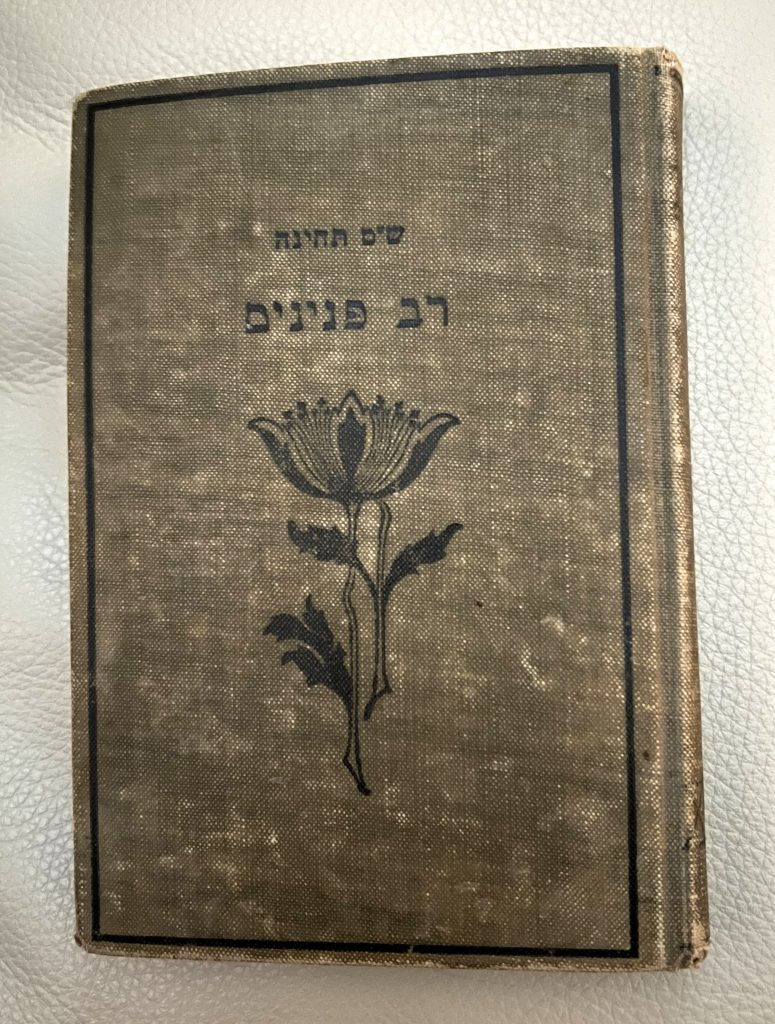
Not only that, but at the top of the inside cover page it said “Harvey Blieden” who was my grandfather, and I also noticed his date of death written below his name. Was this Harvey’s book? What did the other Yiddish writing say?
I photographed the pages and posted them in Tracing the Tribe, a Facebook genealogy group and asked if anyone could translate them for me. I immediately got responses.
Inside the front cover, the translation was “This is a list of dates (likely yahrzeits). Papa: Tzvi son of Mr. Yitzchak Abramovitch, 18th of Sivan. Mama: Iteh/Ittah daughter of Mr. Yitzchak…, 15th of Tishrei . . . ”.
What did I just learn? I learned that my grandmother’s grandfathers both had the name of Itsak! My theories were correct. I was so excited!
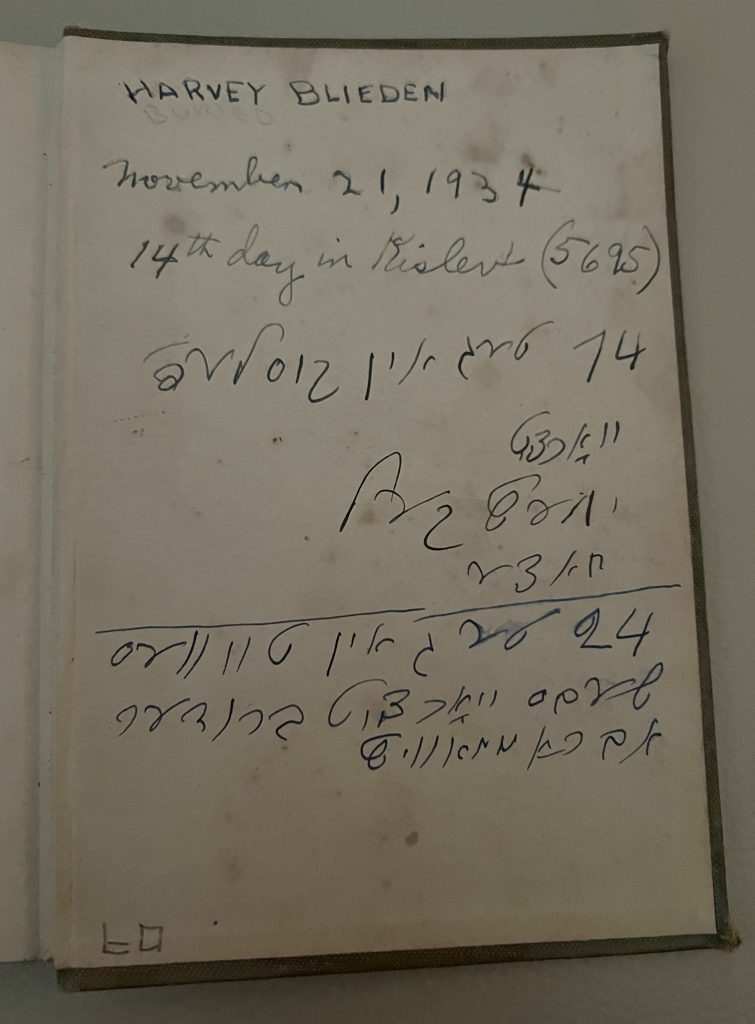
Inside the back cover, the translation was “In Yiddish: 14th day of Kislev; yahrzeit; Yechezkel Chatzeh (?). Under the line: 24th day of Tevet; Shem’s (?) yahrzeit brother Abramovitch.”
In other words, this gave the yahrzeit dates for Gussie’s husband, Harvey (Yechezkel Chatzeh), and for her brother, Samuel (Shem).
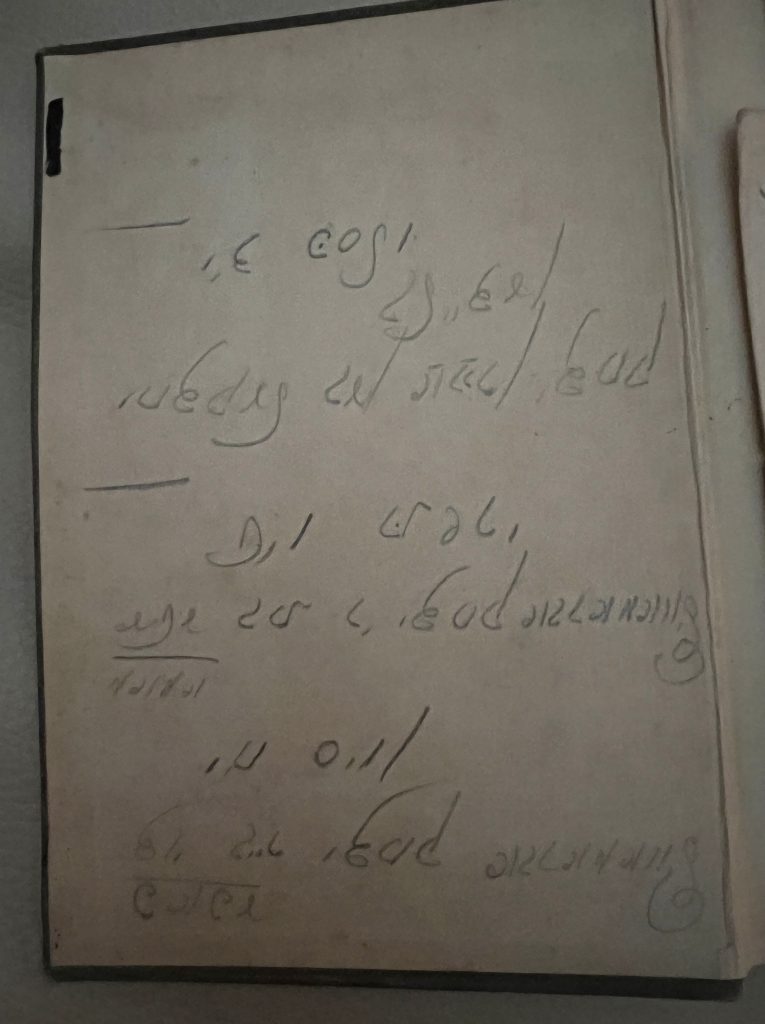
It was obviously my grandmother’s book, but what was the book about? The translated title of the book was “The Book of Pearls”. The book was originally published in 1916 in New York by the Hebrew Publishing Company. It was an anthology of Yiddish Tekhines (collections of prayers) and it was written for immigrant women. The prayers covered many topics including: (2)
- Prayers for forgiveness for women who felt guilty for having to work on Shabbat
- Prayers for family members fighting in World War One
- Prayers upon hearing bad news from the Old Country
- And many others
The book belonged to my grandmother, and in it, she wrote down Yahrzeit dates (the anniversary of the death of a loved one (3) ) for her close family members. I now knew for sure the names of her grandfathers. They were both named Itsak. All this time, the information I was looking for was right under my nose.
Sources
- (1) JewishGen.org, Latvian Births when searching for Smarkovitch
- (2) The Book of Pearls
- *3) Yahrzeit meaning

